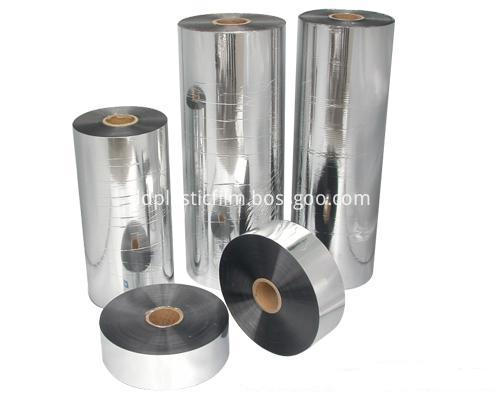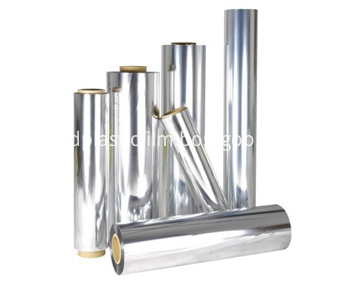The relevant department predicts that China may cancel the use of Class B materials within five years.
Although glass is more suitable for medical and health food packaging due to its characteristics, As203 and Sb203 are often used as clarifying agents in glass, so some glasses contain As and Sb oxides. In particular, PbO and CdO are sometimes introduced into glass as components. Therefore, international or advanced national standards clearly specify the amount of glass As, Sb, Pd, and Cd precipitated; from the perspective of glass products, currently existing problems include glass products. Defects and appearance quality. However, the use of glass for health foods mainly refers to the water resistance of the inner surface. Such as 3.3 borosilicate glass and international neutral glass surface water resistance are HCI, while our neutral glass is HCI or HCB; the other hand, China's medicinal neutral glass does have some problems, such as alkali metal precipitation The amount is higher, and some may also appear to be dislodged. The heavy metal problem is ubiquitous at home and abroad. At present, there is no better solution. It can only be solved by reducing the amount of metal or replacing it with other substances. Judging from the type of medicinal glass, China urgently needs to establish a standard system for health-care medicinal glass. At present, the international standard ISO12775-1997 only provides for medical use of glass, mainly international neutral glass, borosilicate glass, soda-lime glass three. Among them, the soda-lime glass does not indicate medicinal use in this international standard, but in other international standards it is stipulated that as long as it is neutralised and has a water resistance of 121°C up to grade 2, it can be used medicinally. However, four types of glass are specified in the "industrial glass composition classification and test method" industry standard approved and passed by the State Drug Administration of China in 2003. Among them, China's neutral glass is clearly restricted and the focus is on the development of international neutral glass. Glass materials should be in line with international standards. In terms of glass material, glass material mainly refers to physical and chemical properties, but the most important one is chemical stability. Such as the international neutral glass and 3.3 borosilicate glass particles can reach a level of water resistance. However, most of the neutral glass particles in China are class 1 water-resistant and some are class 2 water-resistant. If we look at the amount of alkali precipitation from microscopically, our neutral glass is several times larger than international neutral glass. Experts emphasized that the soda-lime glass has a material requirement for neutralization. In international standards, the water resistance at 121°C is required to be better than or equal to Grade 2. Not all soda-lime glass can be used as a packaging container by neutralization treatment.
Mainly products :VmBOPP, Vmpet, Vmcpp , Vmpe , Emergency Blanket, colorful metallized film
Normal size: 12mic, 15mic, 20mic, 50mic, 80mic,100mic 188mic ect
Widht: 50mm-2000mm
MOQ:500KG
Delivery time: 7-10days
Application: 1. printing , 2.packaging 3.lamination


Universal Metallized Film
Bopp Metallized Film,Color Metallized Film,Emergency Blanket Film,Universal Metallized Film
Shijiazhuang dadao Packaging materials Co , https://www.ddplasticfilm.com